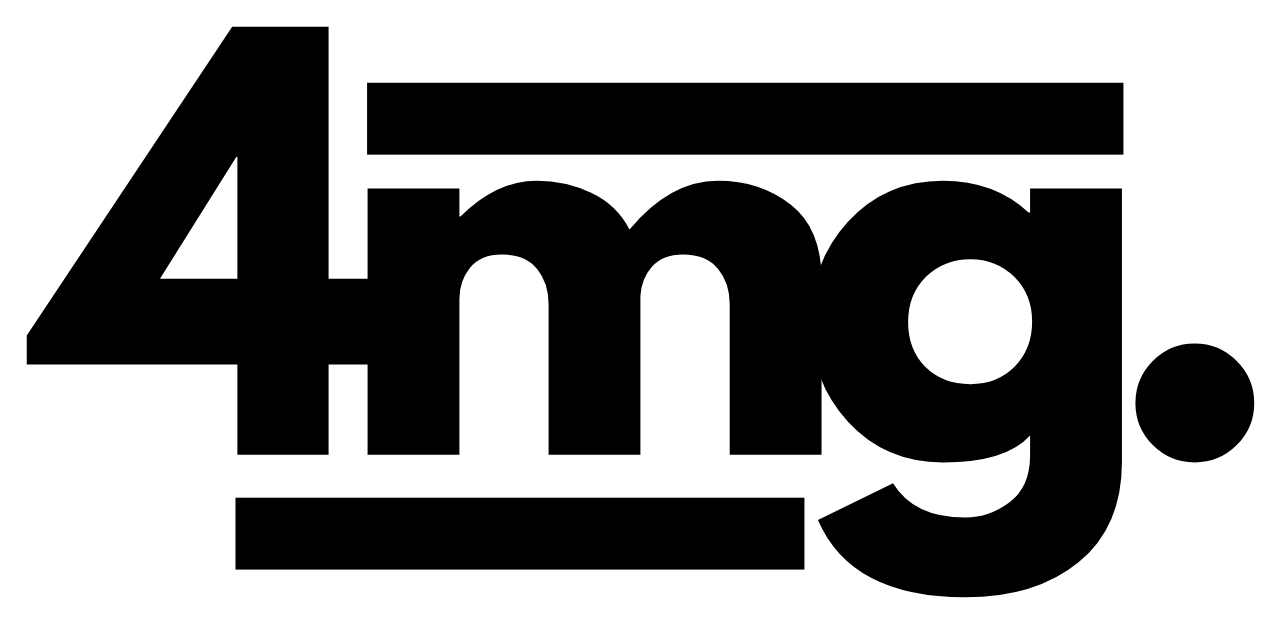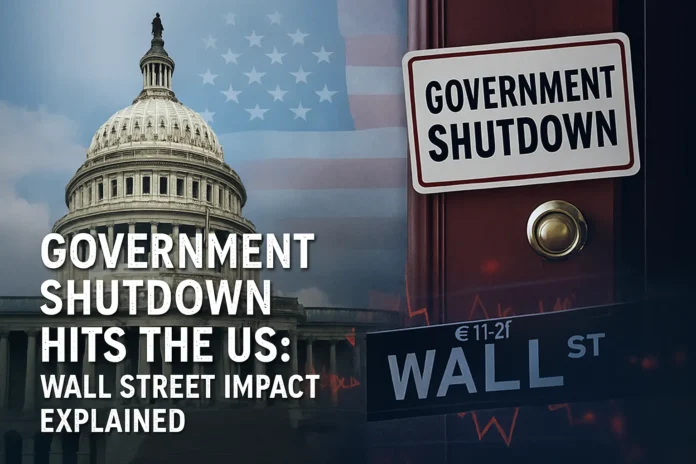- U.S. Government Shutdown 2025: Key Facts
- What Does a Government Shutdown Mean?
- What Happens When the Government Shuts Down?
- Who is Affected by a Government Shutdown?
- Government Shutdown Update 2025: Furloughs Announced
- Government Shutdown Impact on Wall Street: Volatility, Sentiment & Fundamentals
- How Long Will the Government Be Shut Down?
- What’s Next & What Wall Street Should Watch
U.S. Government Shutdown 2025: Key Facts
The U.S. government officially shut down on October 1, 2025, after Congress failed to pass appropriations or a continuing resolution in time. This marks the first full government shutdown since 2019. For Wall Street, such an event brings potential volatility and uncertainty. Historically, though, markets tend to “look through” these disruptions fairly quickly.
Here’s a closer look at what a government shutdown means, how furloughs work, and the likely impact on stocks, bonds, and investor sentiment.
What Does a Government Shutdown Mean?
A government shutdown occurs when federal funding lapses because Congress fails to approve spending. Non-essential operations are paused, while essential services—like defense, Social Security, and law enforcement—continue in a limited capacity.
- Furloughs: Many federal employees are temporarily placed on unpaid leave.
- Essential workers: Must continue working without immediate pay.
- Reduction in force (RIF): In 2025, the White House has asked agencies to prepare for potential permanent layoffs in some cases.
Think of it like a state government in India failing to approve its budget: schools, welfare programs, and transport may halt partially, while hospitals and police continue functioning. Non-essential workers go unpaid until the budget is approved. That’s essentially the situation in Washington, D.C.
What Happens When the Government Shuts Down?
During a shutdown:
- Many federal services are suspended or delayed, including national parks, research grants, and non-essential program payments.
- Monthly economic data and surveys may be delayed, increasing market uncertainty.
- Agencies often freeze new contracts, hiring, or grants, slowing economic momentum.
- Employee morale and consumer confidence can suffer if the shutdown persists.
In short, large parts of the federal government temporarily lose operational capacity until Congress acts.
Who is Affected by a Government Shutdown?
- Federal employees: Non-essential workers are furloughed (no work, no pay), while essential workers continue without immediate pay.
- Contractors: Services like janitorial or security often stop immediately, with pay not guaranteed.
- Public services: National parks, regulatory agencies, research grants, permits, and health services may be delayed or paused.
- Programs: Veteran benefits, housing aid, environmental enforcement, and other federal programs may slow.
- Social Security & Medicare: Continue, though processing of new claims may slow.
Government Shutdown Update 2025: Furloughs Announced
As of October 1, 2025, several agencies have already announced furlough plans:
- FAA: ~11,000 employees furloughed; air traffic controllers continue working (without pay).
- Health & Human Services: ~41% of workforce furloughed.
- Overall: Over 750,000 federal employees could be furloughed daily if the shutdown persists.
Government Shutdown Impact on Wall Street: Volatility, Sentiment & Fundamentals
Does a government shutdown hurt Wall Street? Historically, the impact is modest and short-lived.
- About half of past shutdowns saw stocks rise during the shutdown.
- 2013 (16-day shutdown): S&P 500 gained ~3.1%.
- 2018–2019 (35-day shutdown): S&P 500 rose 10.3%.
- Longer term, equities often rebound, frequently higher 30 days later.
Markets generally “price in” the risk unless the shutdown escalates into a debt ceiling crisis or fundamental breakdown.
2025 Shutdown Sensitivities:
- U.S. economy under pressure from inflation, tight monetary policy, and geopolitical risks.
- Treasury yields could rise amid uncertainty or liquidity stress.
- Delayed economic data may create blind spots for investors.
- Sectors reliant on government contracts (defense, infrastructure, health, research) may see sharper disruptions.
- A prolonged shutdown could materially affect small and mid-cap stocks.
Analysts at JPMorgan expect the shutdown to have limited market impact unless it drags on. Short-term volatility is likely, but fundamentals like earnings, macro growth, and Fed policy should reassert control.
How Long Will the Government Be Shut Down?
Based on past experience, shutdowns range from a few days to 35 days, with many historic shutdowns lasting just 3–7 days.
What’s Next & What Wall Street Should Watch
Key indicators during the shutdown:
- Congressional action: Votes on a continuing resolution or funding bill.
- Agency memos: Announcements regarding layoffs or RIFs.
- Treasury yields: Sharp rises could affect equities.
- Economic data: Jobs, consumer, and manufacturing reports—if delayed or weak, markets may react.
- Debt ceiling debates: A shutdown escalating into a debt impasse would pose significant risks.
From Wall Street’s perspective, a short shutdown is manageable. A prolonged shutdown morphing into a fiscal crisis would be more dangerous. Investors will be watching the duration, Congressional response, and overall confidence closely.


